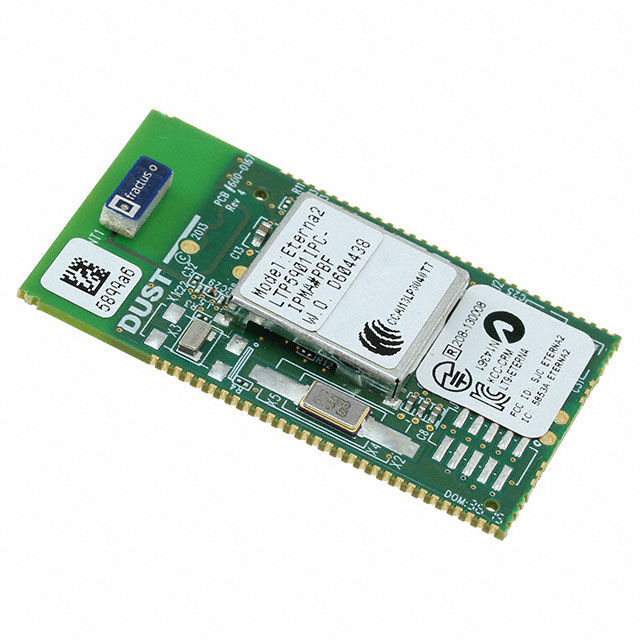Why Should You Use Evaluation Boards for Audio Amplifiers in Your Electronic Projects?
- joddiemarshall6
- Jun 20
- 4 min read
Understanding Evaluation Boards for Audio Amplifiers
Evaluation boards for audio amplifiers serve as ready-to-use platforms that allow engineers, developers, and hobbyists to test and analyse the performance of amplifier ICs in real-time audio applications. These boards eliminate the need to design an entire test circuit from scratch, offering quick integration, precise diagnostics, and a compact layout for prototyping. They’re widely used in fields such as consumer electronics, automotive systems, embedded devices, and professional audio setups.
These boards include all critical components—like connectors, filters, power supplies, and input/output stages—to help users evaluate parameters such as output power, signal-to-noise ratio, frequency response, and thermal stability of amplifier ICs.
Why Are Audio Amplifier Evaluation Boards Important?
With audio now embedded in nearly every device, from smartphones and IoT gadgets to home theatres and industrial alerts, ensuring high-performance amplification has become a top priority. Evaluation boards give designers a cost-effective, reliable way to benchmark and fine-tune audio systems before final production.
They simplify the design process by providing:
Pre-configured setups for various audio environments
Minimised development time for custom PCB prototyping
Enhanced compatibility with digital and analogue interfaces
Real-world simulation for various speaker loads and audio signals
Types of Audio Amplifier Evaluation Boards
The diversity in evaluation board types caters to different technical requirements and application demands. Depending on the power rating, class of amplifier, and end application, users can choose from several board categories:
Class-D Amplifier Evaluation Boards
Known for high efficiency and compact design
Ideal for portable audio systems, Bluetooth speakers, and battery-powered applications
Features digital modulation and low power loss
Class-AB and Class-A Boards
Focused on delivering high-quality analogue sound
Commonly used in professional studio equipment and hi-fi systems.
Offer low distortion and a wide dynamic range
Mono and Stereo Amplifier Boards
Mono boards are suited for single-channel applications like subwoofers.
Stereo boards support left-right channels for complete audio playback.
Dual or multichannel versions cater to surround sound systems
Digital Input Evaluation Boards
Designed for systems integrating audio from digital sources (I2S, SPDIF, TDM)
Useful in multimedia, smart TVs, and voice processing platforms
Features onboard DACs and clock synchronisation circuits
Key Features to Look For
When selecting an evaluation board, attention to core features ensures compatibility with your design goals. High-performance boards typically offer:
Broad voltage input support for flexible power configurations
Onboard gain control or external gain pinout options
Differential and single-ended input support
Integrated heatsinks or thermal management layouts
Test points for easy signal probing and diagnostics
Pre-soldered amplifier ICs and optimised PCB routing
Common Applications of Audio Amplifier Evaluation Boards
From commercial audio systems to embedded systems development, evaluation boards have made it easy to prototype, test, and validate amplifier circuits. Popular use cases include:
Home audio systems and multimedia soundbars
Embedded sound modules in industrial and medical equipment
Portable electronics, including MP3 players, tablets, and handheld devices
Automotive audio platforms, including infotainment systems
Prototyping platforms in academic and R&D labs
Benefits of Using Audio Amplifier Evaluation Boards
Choosing an evaluation board for testing and development provides many advantages over custom circuit design in early project phases. These benefits include:
Time-saving development cycle with minimal setup
Accurate reproduction of real-use case audio conditions
Reduced error rates compared to hand-soldered test circuits
Easy integration with oscilloscopes, signal generators, and other lab tools
Enhanced understanding of amplifier IC behaviour before implementation
How to Choose the Right Evaluation Board?
To make the best selection, consider several practical and technical factors:
Power requirements: Ensure the board supports the wattage your application needs
Load compatibility: Check speaker impedance support (typically 4Ω or 8Ω)
Signal type: Choose between analogue, digital, or mixed-signal boards
Board size and layout: Compact boards suit portable applications, while larger ones offer better thermal handling
Connectivity options: Look for headers, connectors, and test points that align with your testing environment
Best Practices When Working with Audio Evaluation Boards
To make the most out of your amplifier evaluation board, adhere to these practices:
Use regulated power supplies to avoid damaging sensitive components.
Observe the polarity and voltage ratings of speaker outputs and inputs.
Monitor heat dissipation, especially in high-power boards.
Always test in a grounded and EMI-shielded environment for accurate results.
Read the datasheet of the amplifier IC used on the board to understand pin functions and thermal limits.
Future Trends in Audio Evaluation Boards
As audio technology advances, evaluation boards are also evolving to meet rising demands. Key future trends include:
Integration of AI-powered DSPs for adaptive sound processing
Boards designed for Class-D amplifiers with ultra-high efficiency
IoT-ready audio modules with wireless connectivity options like Wi-Fi and BLE
Smart voice-assistant compatibility for automated tuning and diagnostics
Eco-friendly designs with lower power consumption and RoHS compliance
Conclusion
Evaluation boards for audio amplifiers play a crucial role in streamlining product development, testing amplifier capabilities, and delivering exceptional sound experiences across industries. With their robust features and real-world application potential, they are indispensable tools for engineers, developers, and audio professionals alike. By carefully selecting the right board for your needs, you ensure quality, performance, and efficiency in every sound-driven innovation.



Comments